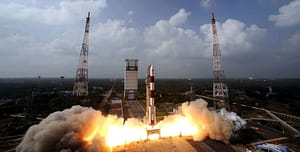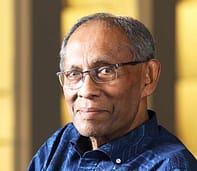
The idea of Panspermia, that life exists throughout the universe and spreads via asteroids, comets and cosmic dust, has been around for a long time. Two of the strongest advocates were Professor Fred Hoyle and Professor Chandra Wickramasinghe.
In this episode I spoke at length with Professor Wickramasinghe about his long and distinguished career championing the idea of panspermia the covering the topics:
- Initial difficulties in establishing Panspermia as a legitimate and respectable topic for scientific study.
- Professor Wickramasinghe’s journey in 1960 form Cylon (as it was known at the time) to Cambridge as Hoyle’s Phd student.
- His personal recollections of Fred Hoyle (initially his Phd supervisor and later collaborator) and Arthur C Clarke, who had made Cylon his home in the late 1950s.
- His views on how the research on Panspermia has developed and where it stands today
Podcast: Play in new window | Download (Duration: 1:15:03 — 60.1MB) | Embed
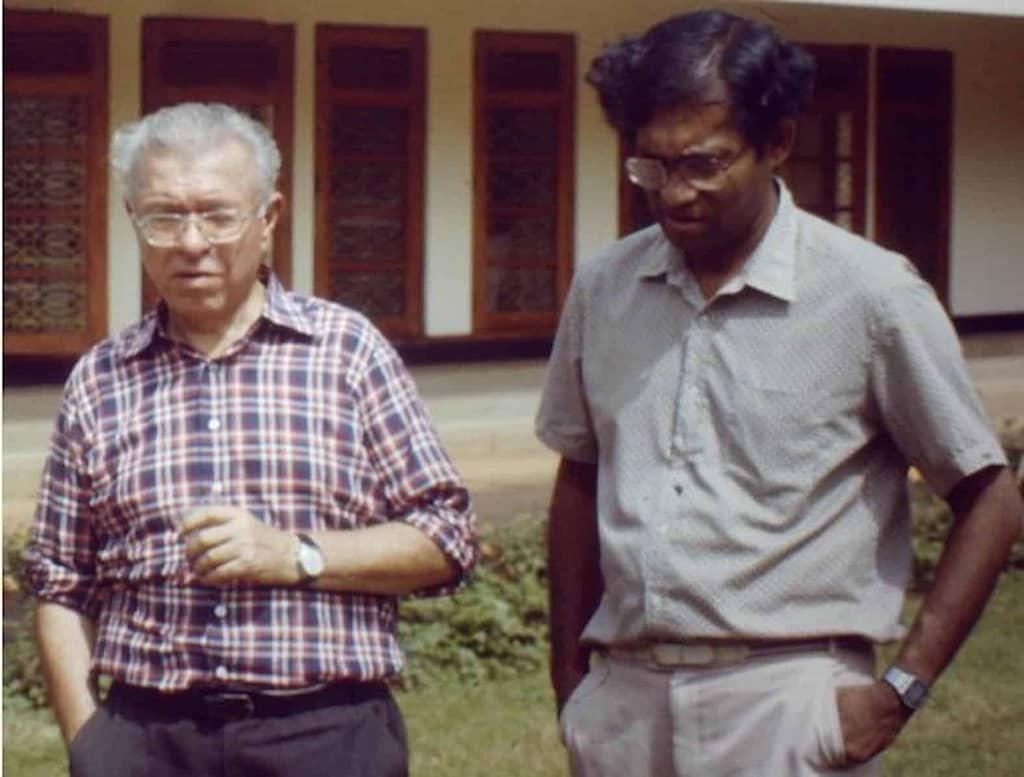

Prof. Fred Hoyle 1962 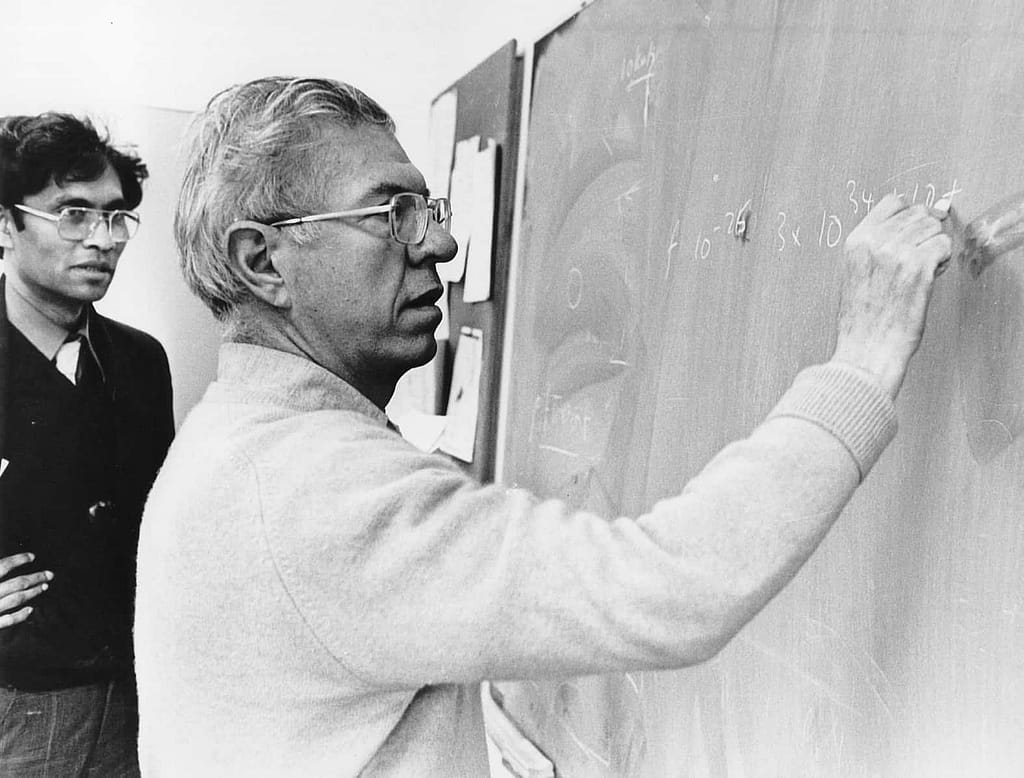
Fred Hoyle and Chandra Wickramasinghe 1978 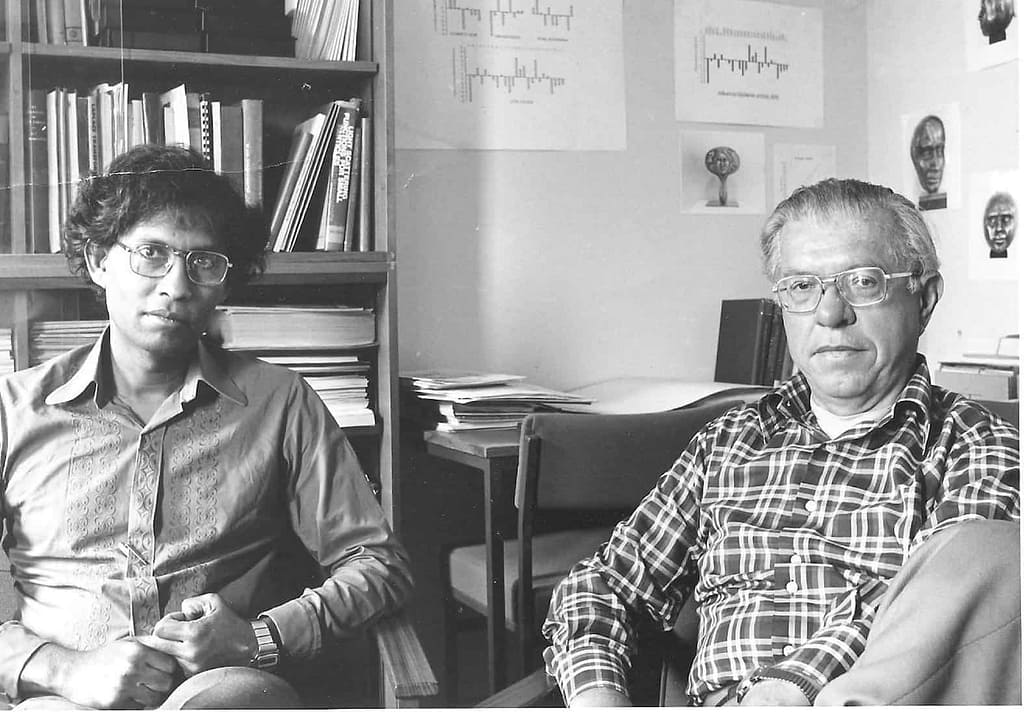
Fred Hoyle and Wickramasinghe 1980 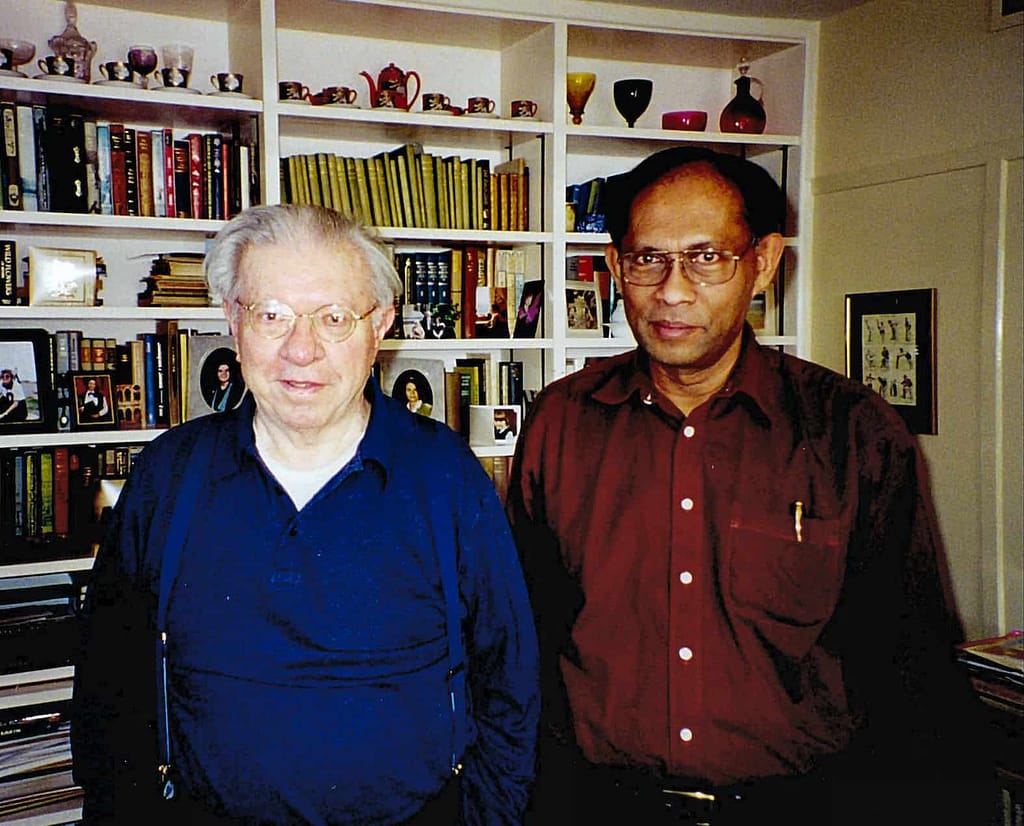
Fred Hoyle and Chandra Wickramasinghe 2001 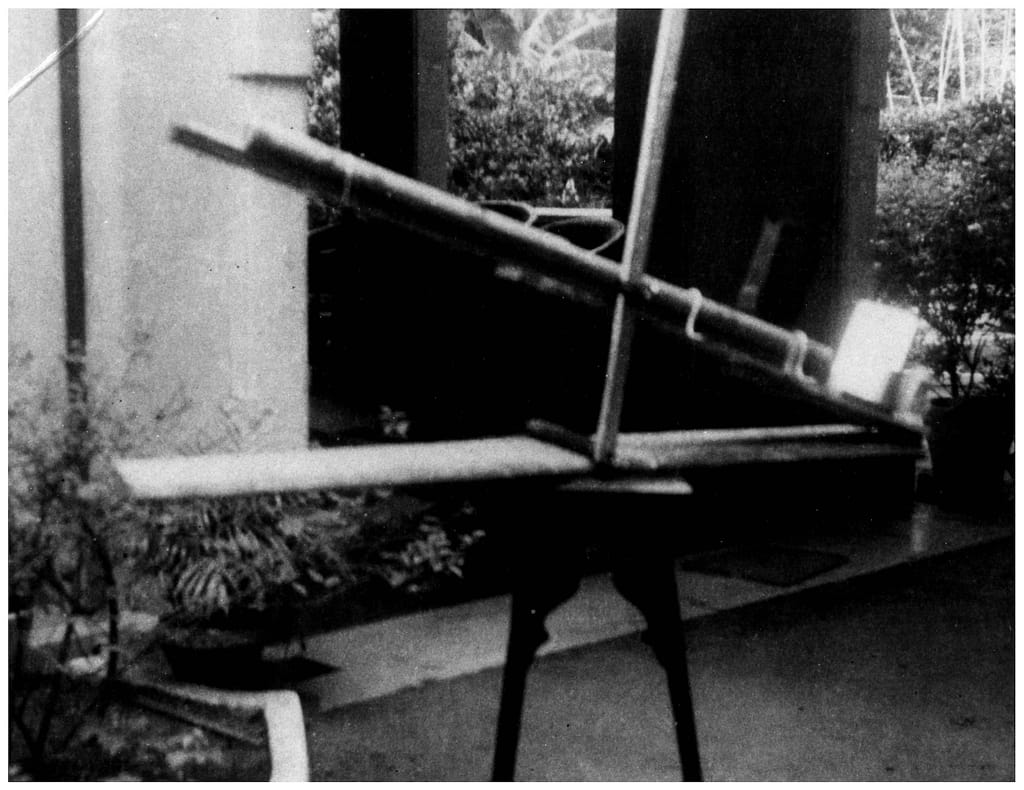
Home-made telescope late 1950s
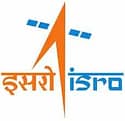 This interview was recorded in his office at the
This interview was recorded in his office at the 